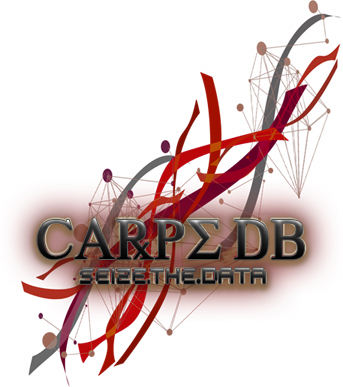
Focal cortical dysplasias (FCD) represent a frequent finding in patients with chronic intractable epilepsy. Neuropathological hallmarks include localized dyslamination of the neocortex and neuronal heterotopias in white matter. Balloon cells, similar to those occurring in cortical tubers of patients with tuberous sclerosis (TSC) are observed in numerous patients. These lesions were classified as FCD type IIb (FCD IIb). Recent findings indicate an accumulation of TSC1 polymorphisms as well as loss of heterozygosity (LOH) and/or microsatellite instability (MSI) at the TSC1 locus on chromosome 9q in FCD IIb. Here, we tested the hypothesis of whether chromosomal instability constitutes a genome-wide phenomenon in this patient cohort. Seven microsatellite markers based on a reference panel recommended by the international workshop on microsatellite instability were analyzed in 14 surgical FCD IIb specimens. DNA from single laser-microdissected cells, i.e., balloon cells versus control neurons obtained from adjacent cortex was harvested for PCR amplification and subsequent fluorescent fragment length gel electrophoresis. Our analysis revealed only rare instances of LOH and MSI at genomic loci on 2p and 17q, whereas no alterations were found at informative markers on chromosomes 1p, 5q and 18q. In addition, no loss of repair protein expression (MSH2 or MLH1) has been identified in balloon cell nuclei of FCD IIb specimens. The present data suggest solitary LOH and MSI events at genomic localizations others than the TSC1 locus to occur in FCD IIb. Our findings lend further support to the hypothesis that the molecular pathogenesis of FCD IIb is associated with TSC1.
[Full Text] [Submit Annotation]